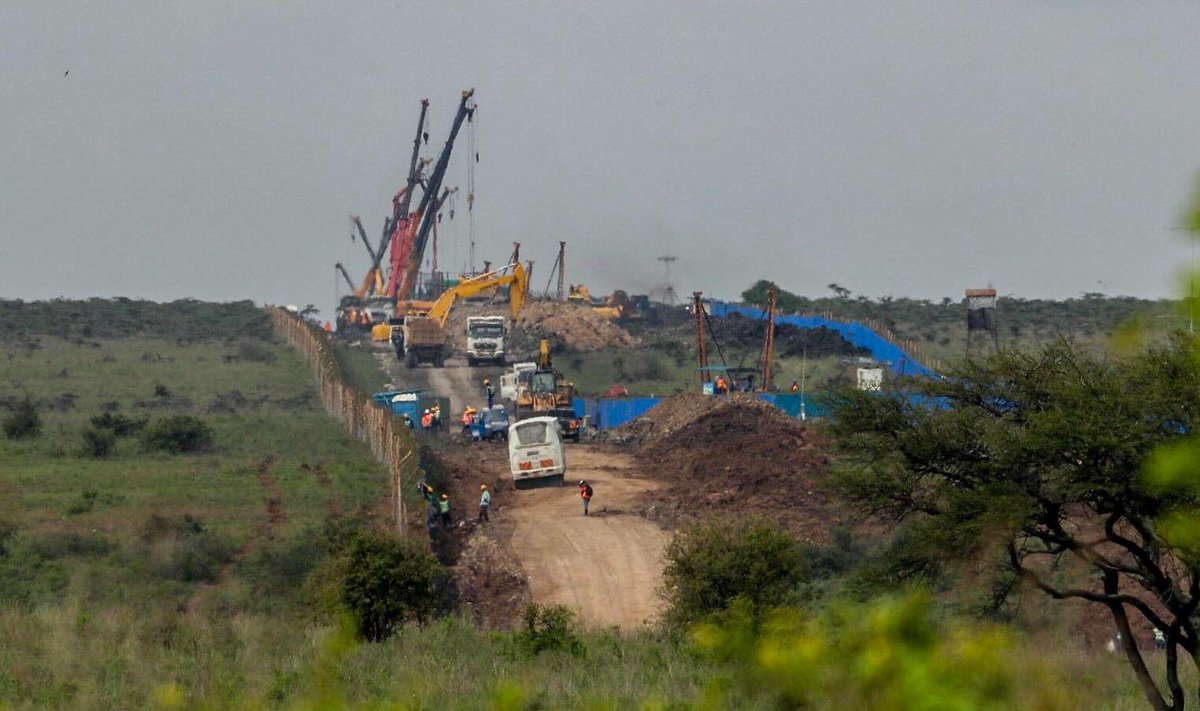Ours is a society suffering from an edifice complex: a compulsive urge to build structures over any open space available. We are riding on the skewed logic that any undeveloped space is wasted land.
The battle between the built environment and open spaces is being fought and sadly won by the “private developers”. Playgrounds, public parks and other green spaces that were once open to the public are on a steady decline, being substituted instead with gray infrastructure in the form of gated communities, malls and office complexes.

As urbanization increases, so should our appreciation of the importance of green spaces. They provide recreational opportunities both for organized sports and individual exercise. They are a welcome reprieve from the urban environment, allowing citizens to interact with nature which is generally important for one’s mental and psychological well being.
As an island of nature an urban public space promotes biodiversity and provides a home for natural species in environments that are otherwise uninhabitable due to city development. They contribute to the overall aesthetics of an area ameliorating the built-up character of the cities.
Even as development of residential properties is at a high, we need to ensure we increase allocation of public recreational space. Residents and local authorities must be vigilant to resist any attempts by shrewd business men to grab school playgrounds, road reserves and riparian lands.
Existing public spaces need to be well maintained. It has been pointed out that unused and unfenced open land is more attractive to grabbers than fenced and regularly used open spaces.The bark stops with the county government which has been faulted for focusing on public spaces close to the CBD like Uhuru Park and Jeevanjee Gardens but neglected public open spaces that are in residential areas.
Residents can also partner with the county authorities, corporates and NGOs in an effort to not only reclaim and protect these spaces but also develop and make good use of them. Groups such as friends of Nairobi Arboretum and Friends of City park Nairobi are but a few examples where concerned citizens have come together and formed lobby groups that watch over and, at times, maintain the parks.








Wow!What a great,Wangari Mathaai date can’t bé celebrated any better.Its unfortunate that we have chosen to develop and forego the green spaces which are unique and important thing about Kenya and even Africa by extension.The irony how we talk about global warming and build rails over a Park!!! Thanks for stirring the conversation.
And it keeps getting worse. Like now we have this “uhuru expressway” covering almost a strech of 7km and nowhere have I see any plan of covering all the trees that were cut. Wangari fought to conserve the environment which is now being destroyed by this money minded government.